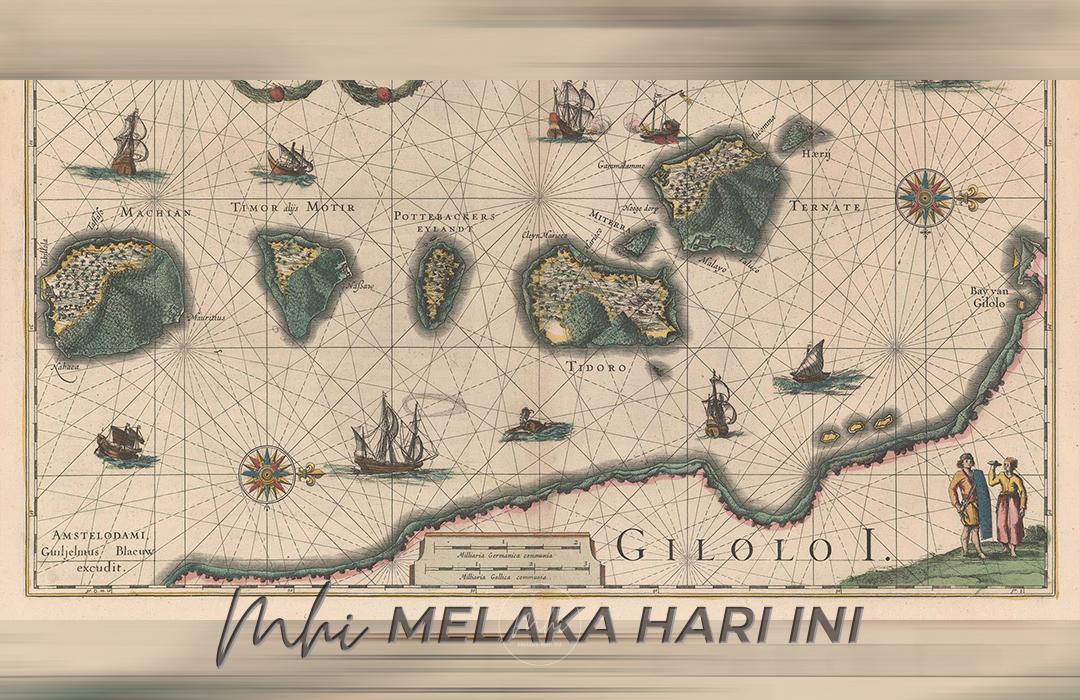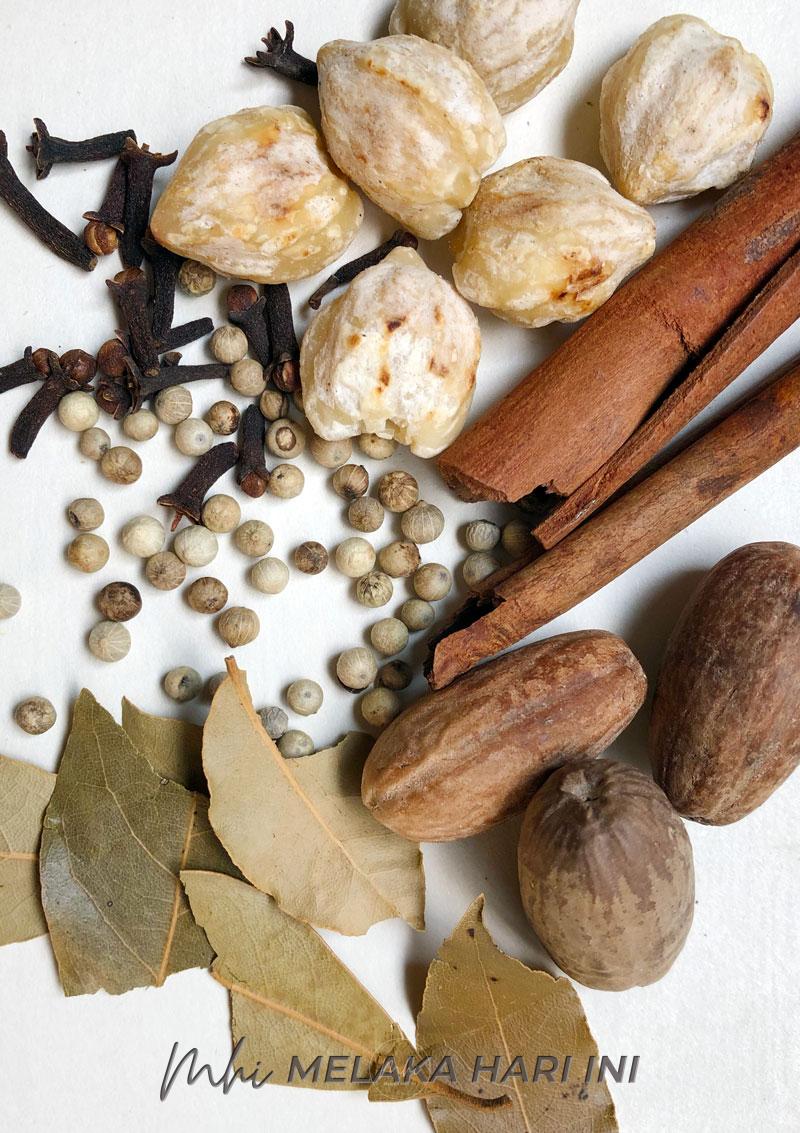
From East to West: The flow of Taste and Spices to Europe and the World
IN the 1970s, the non-Western world complaint on the imbalance of information flow from West to East. The non-Western proponents of the New World Information Order claimed that there was inequitable distribution of communication resources; insufficient and negative reportage of news, and a cultural bias issued forth from the metropolitan West about other cultures.
The flow of culture and knowledge, in modern history since the 15th century, has dominantly been from West to East. Terms like ‘media’ and ‘cultural imperialism’ were used to describe the hegemony.
The spice traffic though for more than two millennia, largely been one-way, from East to West. The East would be the geography and cultures outside of Europe – from Arab lands, to India and China, and the islands of the Malay Archipelago. Pepper, the king of spices, cloves, and nutmegs have contributed much to the tastes, and cultural survival of the West.
I remember visiting the 2007 exhibition titled “Spice Journeys: Taste and Trade in the Islamic World” organized by the Islamic Arts Museum Malaysia (IAMM), from January to June. In conjunction with the exhibition, the museum published a book (2006) of the same title written by the then curator Lucien de Guise, and Zahir Sutarwala.

In their book, they described how trade in spices had shaped the modern world “as well as innumerable lives over the centuries.” Spices was the most tradable commodity, and this created maritime adventures. From the time of the Greeks, to the Phoenicians, Arabs and Indians, sacks of small comestibles have been transshipped for thousands of years.
Spices, like how we taste it, defy satisfactory definition. It is generally agreed that spices must be organic, portable and highly valued for their taste or odour. These include aromatics, even when not edible. Herbs are excluded. Some were considered spices in the past. But we could not consider sugar and coffee in the same category nowadays.
Geography, certainly, is another factor. It depends on which part of the world we live in. Interestingly the book stated that “one recurring feature of the most desirable spices is that they tended to be found in places that were not only inaccessible to Westerners but also to traders who were much closer to the source of the material.” Even Chinese, Arab and Indian merchants were often confused about the goods they sought and sold.
One cannot deny the obsession with spices – from Alexander the Macedonian to the Portuguese and the Spaniards. Spices are expressions of power and divinity.
It was argued that the Malay-Austronesian peoples straddling across the Indian and Pacific oceans would not have done without their ginger. According to de Guise and Sutarwala, that was probably the earliest spice to be part of international trade. The Malays moved from island to island. Among the most precious cargoes in their outrigger boats was ginger root-stock. Ginger later became the essential medicine in the Mediterranean world.
India was an essential destination for Arab spice merchants. The source of black pepper was the nearby Malabar coast. Arab mariners are known to cover vast distances, even from the beginning of the first millennia. This was helped by their knowledge of the monsoon winds, the word for monsoon is itself derived from the Arabic word mawsim, from which the Bahasa Melayu musim comes from. It means ‘season.’ The Arab’s most profitable destination was the tanah air in the Malay Archipelago.
The Archipelago is the source of the most expensive of all spices. It eventually became a significant part of the Islamic world. The region was long opened to visitors from other parts of the known world. The knowledge of medicine over the centuries shows how important the use of spices was. Spice ingredients became the lingua franca of health and medical treatises, read from Western Europe to the islands of the Malay world.
The overland route was bypassed by the Portuguese, Spanish, Dutch and English. Still a considerable portion of the spice trade was in Muslim hands. John Milton’s Paradise Lost narrated “…the isles of Ternate and Tidore, Whence merchants bring their spicy drugs.” The two islands were the only source the world had for clove and nutmeg.
The practice of eating betel leaves, with lime and areca nuts ranges from India, to parts of Arabia and east Africa. The Malay world has raised this to another level. In Malay society, the ceremonial exchange of betel nut and its accompaniments, called sireh, forms an intrinsic part of the culture. This forms part of a formal exchange of dowry. Also a symbol for peace, and dialogue.
The book Spice Journeys: Taste and Trade in the Islamic World, delightfully ends with the essence of food in many cultures. The range of ingredients used is immense, bringing color, taste and aroma to life. One such Malay cuisine is the pajeri, quite common in Tanjong, Pulau Pinang served with plain white rice dish, or nasi tomato (tomato rice) or nasi minyak (ghee rice). The pajeri incorporates a wide variety of dried spices, combing sweetness and sourness in a fairly thick gravy. The main ingredient is usually pineapple or aubergine. The pajeri is the fusion of coriander, fennel, cumin, chilli, turmeric, and of course, garlic, shallots and ginger. It is celebrating world history in a dish.
Langgani saluran Telegram kami untuk dapatkan berita-berita yang terkini.


